Author Notes: Want to make a layer cake but don’t want all the fuss? Try this sheet cake layer cake – it only takes one baking sheet to make a super fabulous two layer cake! This is one of my personal favorite flavor combos: toasty coconut with creamy caramel!
Makes one 6 1/2 x 9 inch layer cake
- 2sticks (227 g) unsalted butter, at room temperature
- 2cups (397 g) granulated sugar
- 5large (284 g) eggs
- 2teaspoons (10 g) vanilla extract
- 1/2teaspoon (2 g) coconut extract
- 4 1/4cups (512 g) all purpose flour
- 1 1/2teaspoons (9 g) baking soda
- 1tablespoon (12 g) baking powder
- 1teaspoon (4 g) fine sea salt
- 1 3/4cups (397 g) buttermilk
- 1cup (113 g) finelly shredded unsweetened coconut
- 7large (255 g) egg whites
- Pinch cream of tartar
- 2 2/3cups (510 g) dark brown sugar
- 1cup (227 g) water
- 6sticks (678 g) unsalted butter, at room temperature
- 2teaspoons (10 g) vanilla extract
- 8ounces (about 227 g) caramel candies
- Toasted unsweetened coconut flakes, as needed for decorating
- Make the cake: preheat the oven to 350° F. Grease a 13×18 inch baking sheet (half sheet pan) with nonstick spray and line with parchment paper. Spray the parchment paper lightly with nonstick spray, too.
- In the bowl of an electric mixer fitted with the paddle attachment, cream the butter and sugar, until light and fluffy, 4-5 minutes.
- Add the eggs one at a time, scraping well after each addition. Add the vanilla and coconut extracts and mix to combine.
- In a medium bowl, whisk the flour, baking soda, baking powder, and salt to combine.
- Add 1/3 of the flour mixture to the batter and mix to incorporate. Add ½ of the buttermilk and mix to combine. Repeat, adding alternate additions of flour and buttermilk until both are fully incorporated. Add the coconut and mix to combine.
- Pour the batter evenly into the prepared pan and bake until a toothpick inserted into the center comes out clean, 25-30 minutes. While the cake is warm, run a small offset spatula or paring knife around the outside edge to loosen it anywhere it’s stuck. Cool completely in the pan.
- While the cakes cool, make the buttercream. Place the egg whites and cream of tartar in the bowl of an electric mixer fitted with the whip attachment.
- Combine the brown sugar and water in a medium pot and bring to a simmer over medium heat. Stir the mixture until it begins to simmer, then stop stirring and attach a candy thermometer to the side of the pot.
- If any sugar has washed up on the sides of the pot, brush it away with a pastry brush dipped in cool water. Cook the sugar mixture until it reads 235° F on the thermometer.
- When the sugar reaches 235°F, begin whipping the egg whites on medium high speed. The idea is to get them to soft peaks by the time the sugar reaches 240° F.
- When the sugar reaches 240°F, carefully pour it into the mixer in a slow, steady stream while the mixer is running. Continue to whip the mixture until it’s lightened in color, very thick, and the bowl is no longer warm to the touch.
- Begin adding the butter to the mixer. If the meringue is still hot, the butter will just melt and the whole thing will be gloopy – so make sure it’s cooled off. Add the butter 1-2 tablespoons at a time, letting each addition incorporate before you add the next. Sometimes, the mixture will look broken about halfway through—just keep whipping, it will come around!
- Add the vanilla and mix to combine. Add frosting to the top of the layer and spread into an even layer all the way to the edges.
- Melt the caramel candies in a heat-safe container in the microwave until fluid. Transfer to a disposable pastry bag and cut a ¼ inch opening from the tip.
- To assemble the cake, remove the cake from the baking sheet. Use a sharp serrated knife to cut the cake cleanly in half to create two rectangular layers (9 x 13 inch each).
- Place one cake layer on a serving platter. Add frosting to the top of the layer and spread into an even layer all the way to the edges. Drizzle caramel from the pastry bag all over the surface of the frosting (using about half).
- Place another cake layer on top and press down gently. Chill the cake for 15-30 minutes.
- Apply a crumb coat to the top and sides of the cake using an offset spatula. Chill for 15-30 minutes.
- Frost the top of the cake, then the sides. Remove the excess “wall” of frosting from the upper edge of the cake by swiping across the surface with the spatula.
- Decorate the cake as desired – I like to press toasted coconut all around the edge of the cake, and pipe a border at the top edge using excess frosting – then drizzle the remaining caramel all over the surface of the cake! Refrigerate the cake not serving right away, but bring to room temp again before serving.
Share this content:

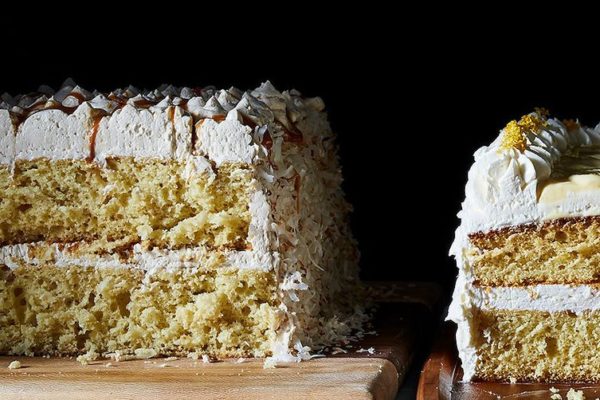
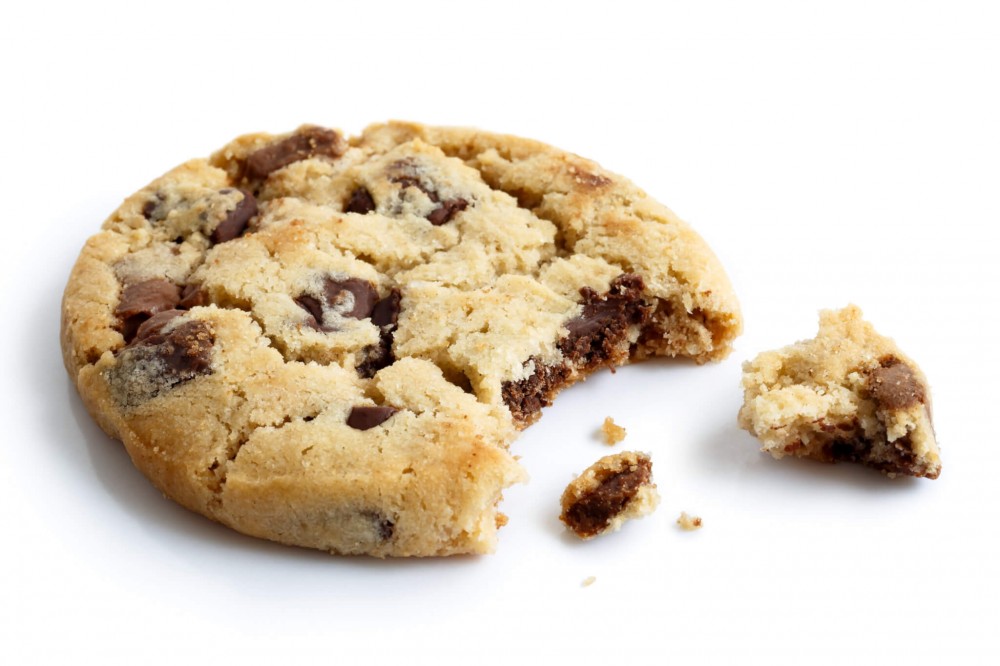

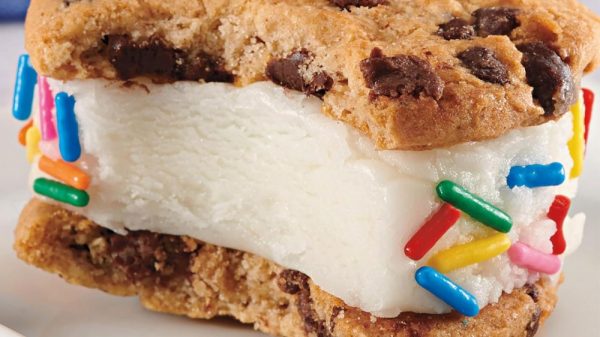

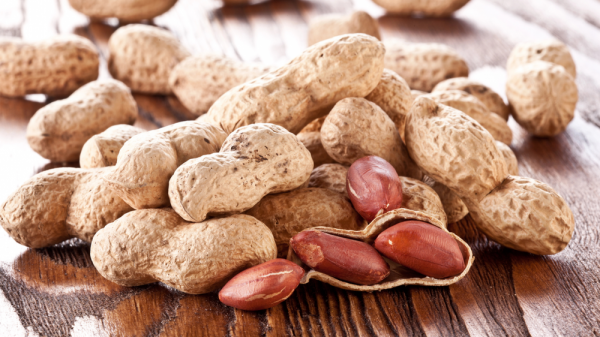
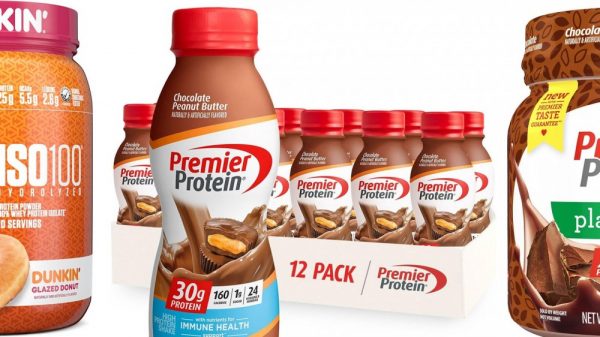
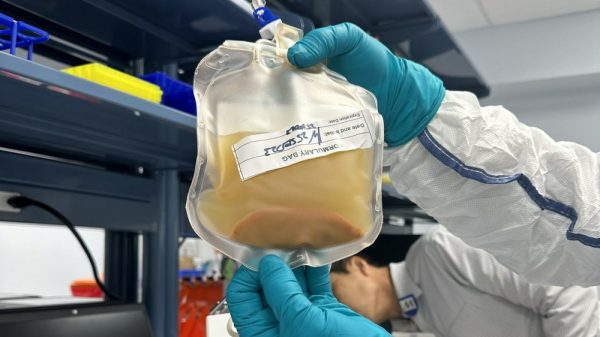





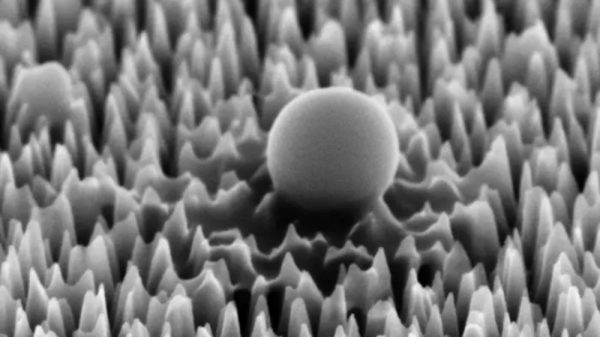
Post Comment